When preparing for a hiking adventure, selecting the perfect backpack is one of the most critical choices. Hiking backpacks are the unsung heroes of the outdoor world, designed to carry all the gear, sustenance, and supplies you’ll need as you traverse rugged trails, climb majestic peaks, and explore the wonders of the wilderness.
I have reviewed a few for the best comfort while traveling if you are looking for a neck pillow. Also, consider some of these accessories.
The world of hiking backpacks is vast and varied, offering options to suit every hiker’s needs, preferences, and journey. From ultralight minimalist packs for speedy day hikes to spacious, feature-rich models that can support extended backcountry expeditions, there’s a hiking backpack tailored for everyone.
In exploring the best hiking backpacks, we’ll explore various options, highlighting the features, designs, and performance factors that set each apart. Whether you’re an experienced thru-hiker or a novice setting out on your first outdoor adventure, this guide will help you navigate the intricate world of hiking backpacks and discover the perfect companion for your journeys into the great outdoors. Let’s embark on this quest to find the best hiking backpack to elevate your outdoor experiences.
Welcome Back Vagabonds!
Welcome to “Atypical Vagabond,” a portal to a realm where boundaries blur and conventional paths diverge. Here, we delve into the world of unconventional exploration and celebrate the art of wandering without constraints. Join us as we uncover hidden gems, unravel the tales of unconventional nomads, and delve into the transformative experiences that await those who dare to embrace the call of wanderlust.
A strong desire for freedom often arises in a busy world of daily routines and societal pressures. We become fascinated by the exciting appeal of unfamiliar places, the mysterious call of undiscovered destinations, and the life-changing influence of travel. In these instances, we awaken the spirit of the unconventional traveler — the wanderer who desires to explore the world and embark on a journey of self-discovery and personal freedom.
How to choose your hiking backpack

Every adventure needs an excellent backpack! A stroll with family or a trek of your wildest dreams should have the proper hiking gear. You want to make sure you decide on the correct one.
Packing things lightly as possible is the most important thing on any hiking trip. I will provide practical advice from my experiences as a hiker in finding the right hiking backpack for your trip.
How long is your hike?
Are you going to go out on a hike for a few hours? A full day? All weekend? A week? I want to help you choose the right backpack. A pack between 10 and 25 liters should be enough for a typical day hike. This size bag would allow you to fit a water bottle, jacket, and sunscreen. You should also be able to include some snack items here.
For more than a day hike, you need something bigger! A pack between 20 and 35 liters will suffice.
You will likely carry more gear in for a multi-day hike. You will need items for camping and cooking for yourself. Unless, of course, if you are hiking into huts or rented accommodation, you might not need these items.

Adventures that last for three days or more, the minimum capacity for your backpack should be 35 liters. Increased hiking distance means there is an increased chance of encountering unpredictable weather. You will need more changes of clothes. As a result, you will need to carry more gear. You will have peace of mind with the heavier bag and extra space for all your equipment.
Where and when?

Which climate type you are traveling will dictate which kind of bag you need. The location and time of year can determine your backpack choice. Desert, mountains, or coastal hiking have different types of needs. A week’s hike in the desert will not require as much gear as you would for a trip to the coast or mountains. Understanding the hiking conditions will narrow your choices by size and pack model.
If you are primarily doing mountain hikes, the weather conditions can change quickly. Wind and temperatures can soon change in a few hours. Having a change of clothes, a windproof jacket, and several extra waterproof clothing items is essential.
The weather can also change quickly by the coast. Sun, heat, elevated humidity, rain, and fog could occur while hiking in a single day.
In desert climates, it is most likely going to be sunny. There are dramatic changes in temperatures between day and night. Packing light clothing for the daytime and extra layers of warm clothing for the nighttime is needed.
Understanding the destination’s climate will determine the gear you pack. High gear quantity means the increased volume in liters of your backpack. It will also guide your choice of fabric and technical characteristics. The goal is to optimize performance without compromising comfort.
Technical backpacks

The destination length and weather are two things to consider when selecting your hiking backpack.
Next, you should account for the bag design’s features. Some bags are better adapted to your needs than others.
The backpack’s features are essential to one’s organization. Mainly, these things are personalized to taste. Elasticized side compartments, waterproof fabric, panel access vs. top-loading openings, compression straps, etc., are some of the many features found on backpacks. Attachment points for sleeping bags, helmets, and ropes are handy depending on what you are doing.
Your adventure defines the backpack features you may need to extend your hiking range. Again, remember it is vital to keep your pack as light as needed.
10-25 liter backpacks for a day hike or a few hours. (weight 300- 600g)
Pack exterior:
- Hiking pole attachment loop
- Easy access reservoir pocket
- Rain cover
Pack interior:
- Bladder sleeve for water
- Valuables pocket
- Several sleeves for items such as keys.
Comfort
- Breathable shoulder straps
- Unisex design
- Waist strap for load stability
- Adjustable chest strap
- Pack base reinforcement for comfort and durability
20 -35 liter backpacks for weekend hikes ( weight 400-800g)
These bags have features from above plus extra features such as attachment points for specific equipment like an ax. Being able to daisy chain multiple external gear loops is a significant plus. You can attach your helmet, sleeping bag, etc., to increase your carrying capacity.
This feature allows you to secure items inside the hiking backpack safely. An adjustable suspension helps fit your torso and provides extra comfort. This ability to make adjustments further adds comfort for differing body types.
35 liters + backpacks for a multi-day hike of three days or more ( weight 600g-1kg)

All of the above features in the 20-35 liter bags are on the 35-liter bags. It is expected to find several compartments in the main section. Some bags have multiple access points into these compartments. Waterproofing interiors are found in some packs.
Ultralight backpacks

Fast and light hiking is increasingly popular. These trips are completed in hours instead of days. Cell phones have replaced cameras for these types of trips. The ultralight wave is where light equals freedom. The evolution of hiking equipment with new materials has allowed packs to produce much lighter loads. The comfort level remains the same in these great packs. At the same time, there are many minimalist bags on the market. These are for the trail running market; there are also some very light XXL hiking packs.
Fit and Backpack Sizes

It is essential to consider volume size when considering which backpack to buy. A backpack’s capacity is measured in liters. One size does not fit all, but a unique size fits you! Frame size, about your build, will define the proper pack for your body.
The length of your torso will define what size of technical backpack you need. When the brand and model are narrowed down, it is ideal to be measured at your local outdoor store. This is because each manufacturer uses different methods to determine torso length. A local store will show you how to fit and adjust your backpack.
Some backpacks are designed specifically for women. Specific sports have packs intended for their use. Tightening or loosening shoulder straps and the hip belt can help adapt the pack to be smaller or more prominent on most bags.
Loading your pack correctly will increase the comfort of your back, shoulders, and hips. It is essential to distribute the gear weight evenly. Keeping your heaviest items in the center will help keep your pack stable. Proper organization will help keep everything accessible.

Cost and durability
Expensive bags do not necessarily equate to the best choice for the individual. However, backpack costs often depend on the quality of the materials and the hiking backpack’s features. Budgeting for your next hiking backpack should rely upon the future trails and how frequently you plan to use the backpack.
If you primarily hike short trails occasionally, you don’t need to spend much money on a top-of-range, technical backpack. Suppose you are an experienced hiker who regularly hits the trails. In that case, investing in a more expensive pack could be worth it. A hard-wearing nylon pack is more costly than a polyester pack but is much more durable. A backpack with good ventilation and mesh material on the back, shoulder straps, and hip belts would also add comfort.
Regular cleaning and maintenance are great ways to take care of your back. It is an investment, so keeping your hiking bags as long as possible is best!
Now that you have all the information needed to choose the right backpack, you must decide on the color!
Have a good trip!
Atypical Last Thoughts
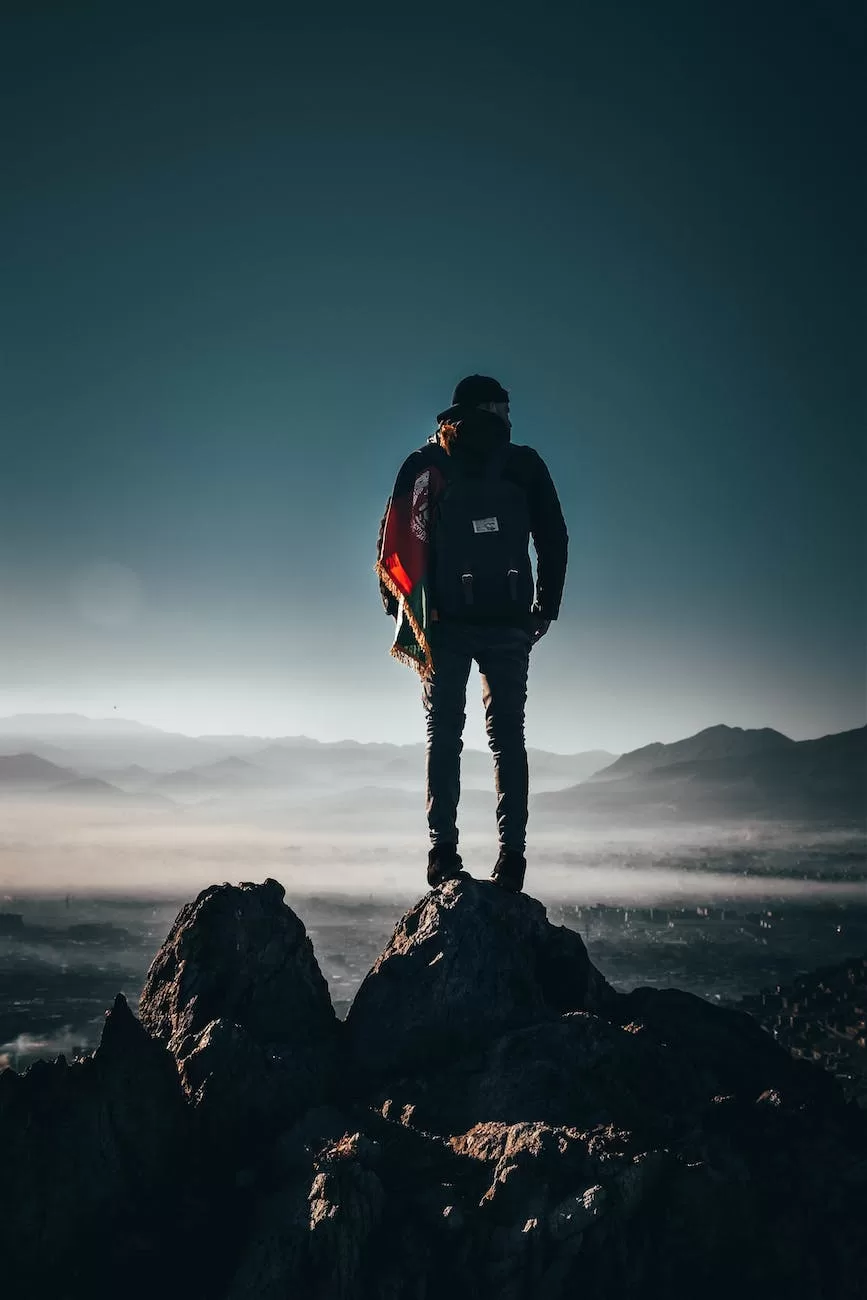
The world of hiking backpacks is as diverse as the landscapes waiting to be explored. Finding the best hiking backpack for your adventures involves careful consideration of your specific needs and preferences. The backpack you choose can significantly impact your hiking experience, so selecting one that suits your style and requirements is essential.
Best Hiking Backpack
Whether you prioritize ultralight, high-capacity, or versatile backpacks, the market offers many options to cater to every hiker’s demands. The right hiking backpack extends your journey, offering comfort, organization, and durability so you can focus on the beauty of the great outdoors.
As you embark on your next hiking expedition, remember that your backpack is more than just a piece of gear; it’s your trusted companion on the trail, carrying the essentials you need to connect with nature and discover new horizons. So, choose wisely, and let your backpack be the bridge to the extraordinary experiences that await in the wilderness. Happy hiking!
Subscribe
Are you an avid traveler seeking inspiration for your next adventure? Look no further than the Atypical Vagabonds newsletter. By subscribing to our newsletter, you gain access to a treasure trove of travel tips, destination guides, and captivating stories from around the globe. Our expertise in exploring off-the-beaten-path destinations. We offer a refreshing perspective on travel, encouraging you to embrace the unconventional and discover unique experiences. Join the community today and let our wanderlust-inducing content inspire you. Therefore, you can embark on extraordinary journeys. Subscribe to receive their latest updates directly in your inbox and never miss a travel adventure again.
Donations
Love what you’re seeing on Atypical Vagabond? Help us keep the adventures coming! Consider donating through PayPal’s secure payment system. Every contribution goes a long way in fueling our mission to bring you more thrilling content and unforgettable experiences. Join us in shaping the future of travel—donate today!



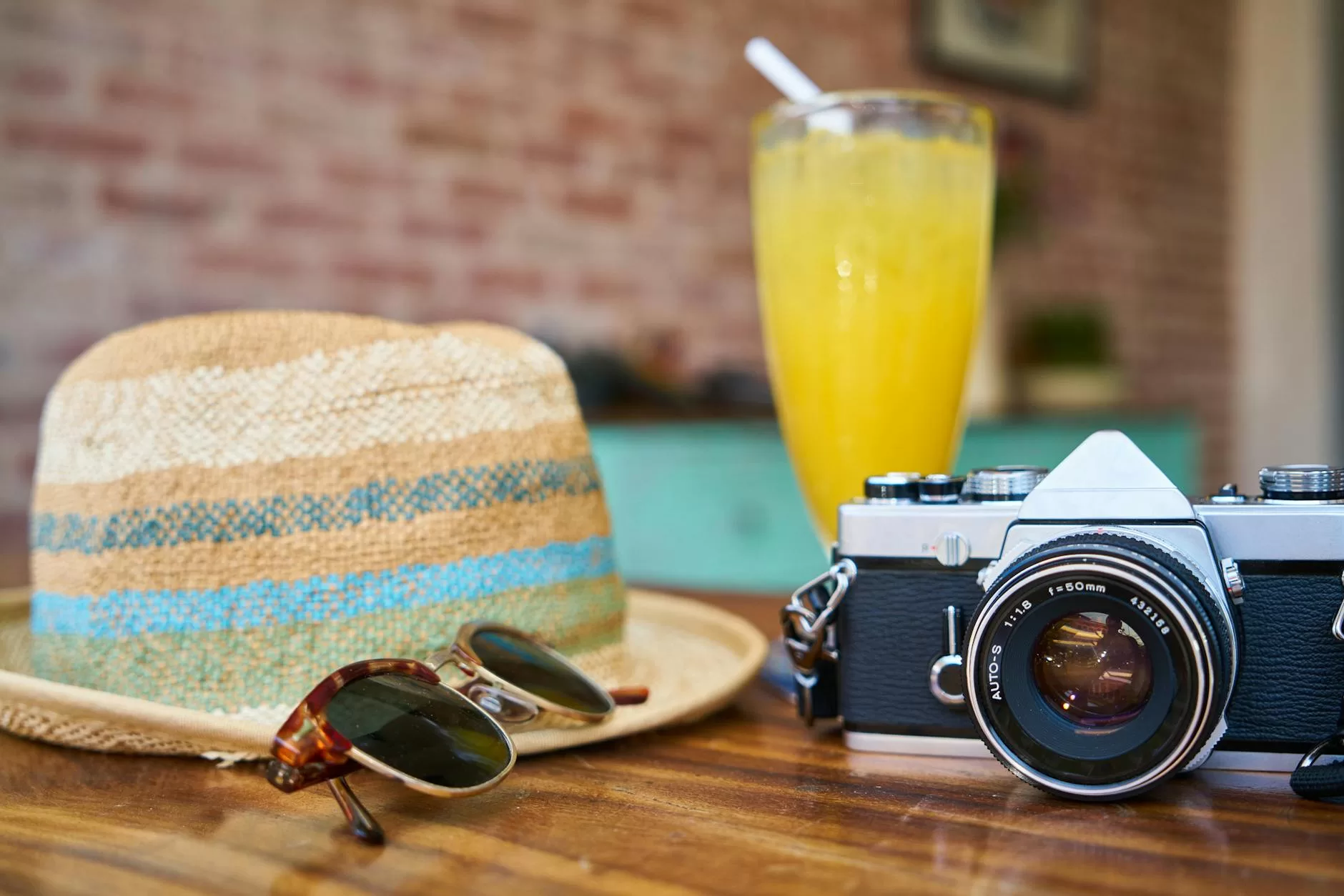

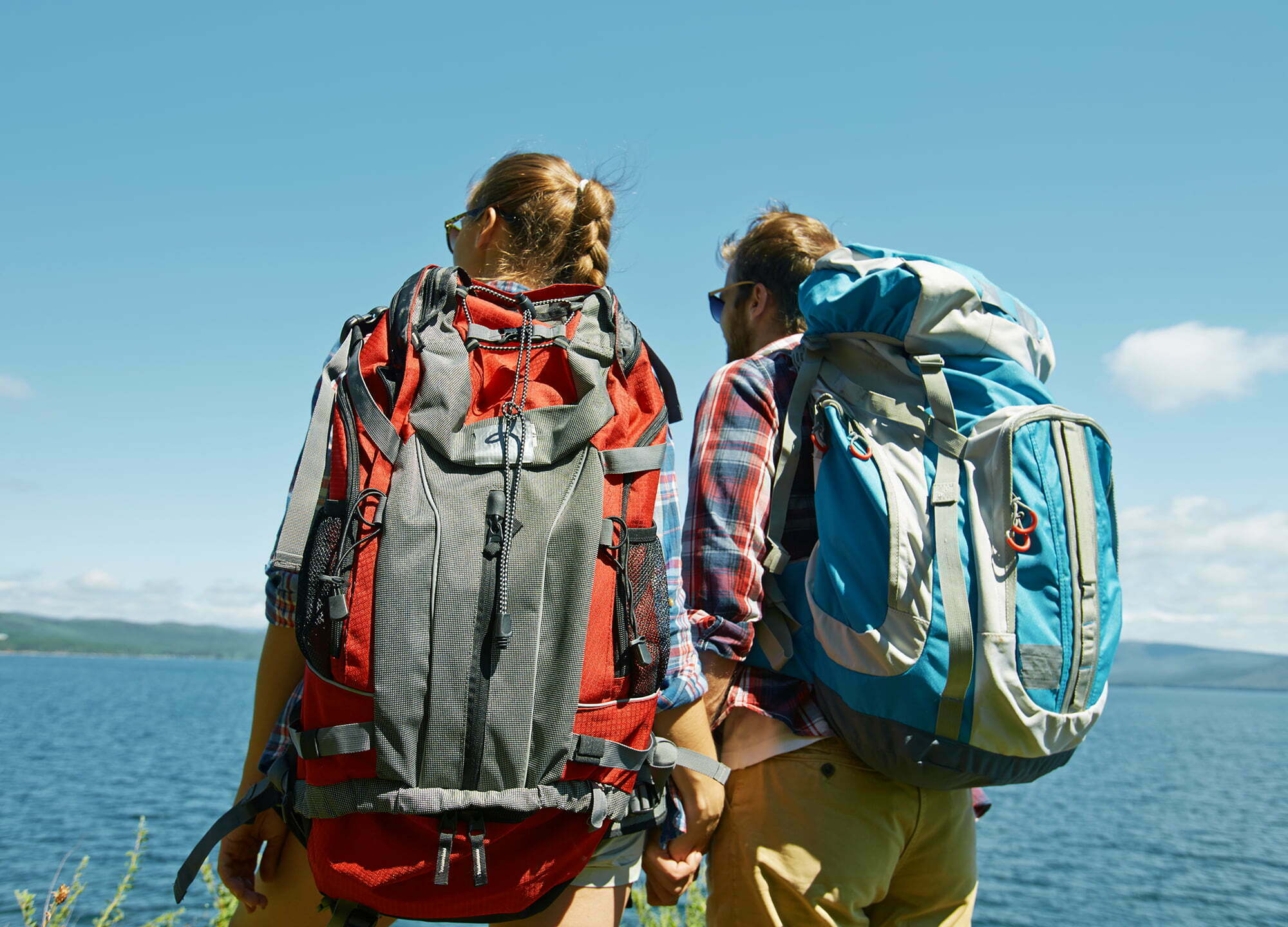
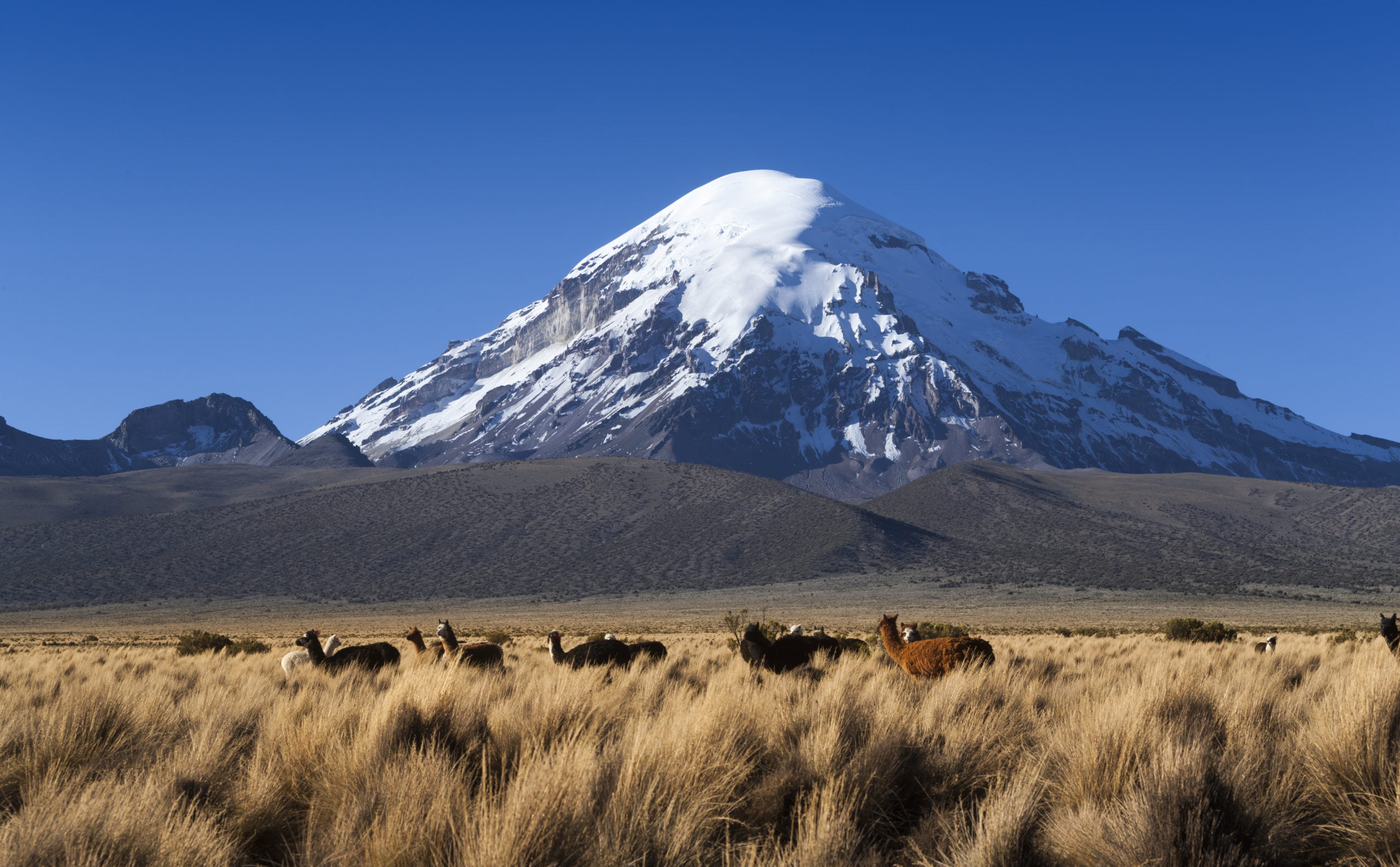
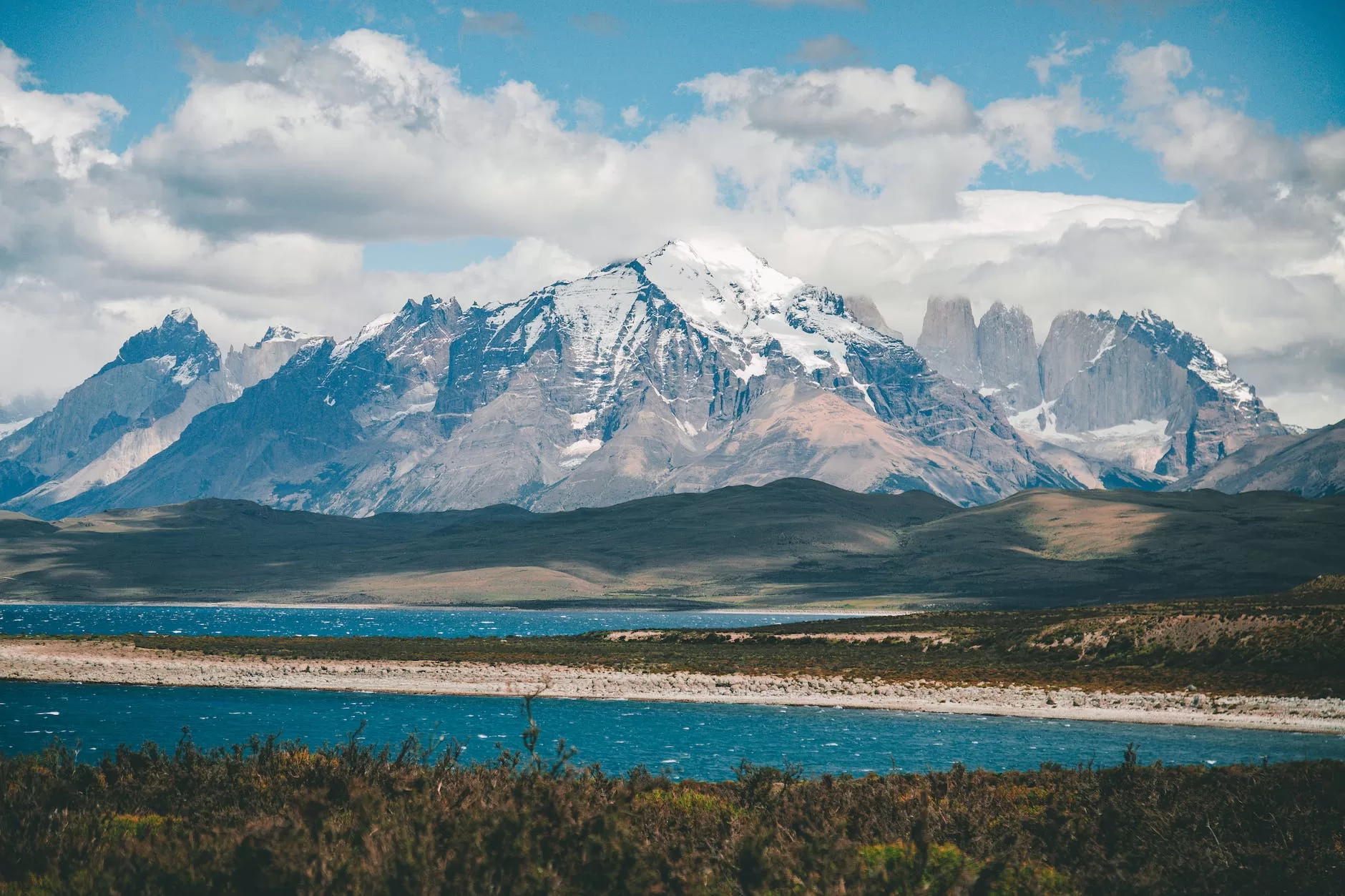

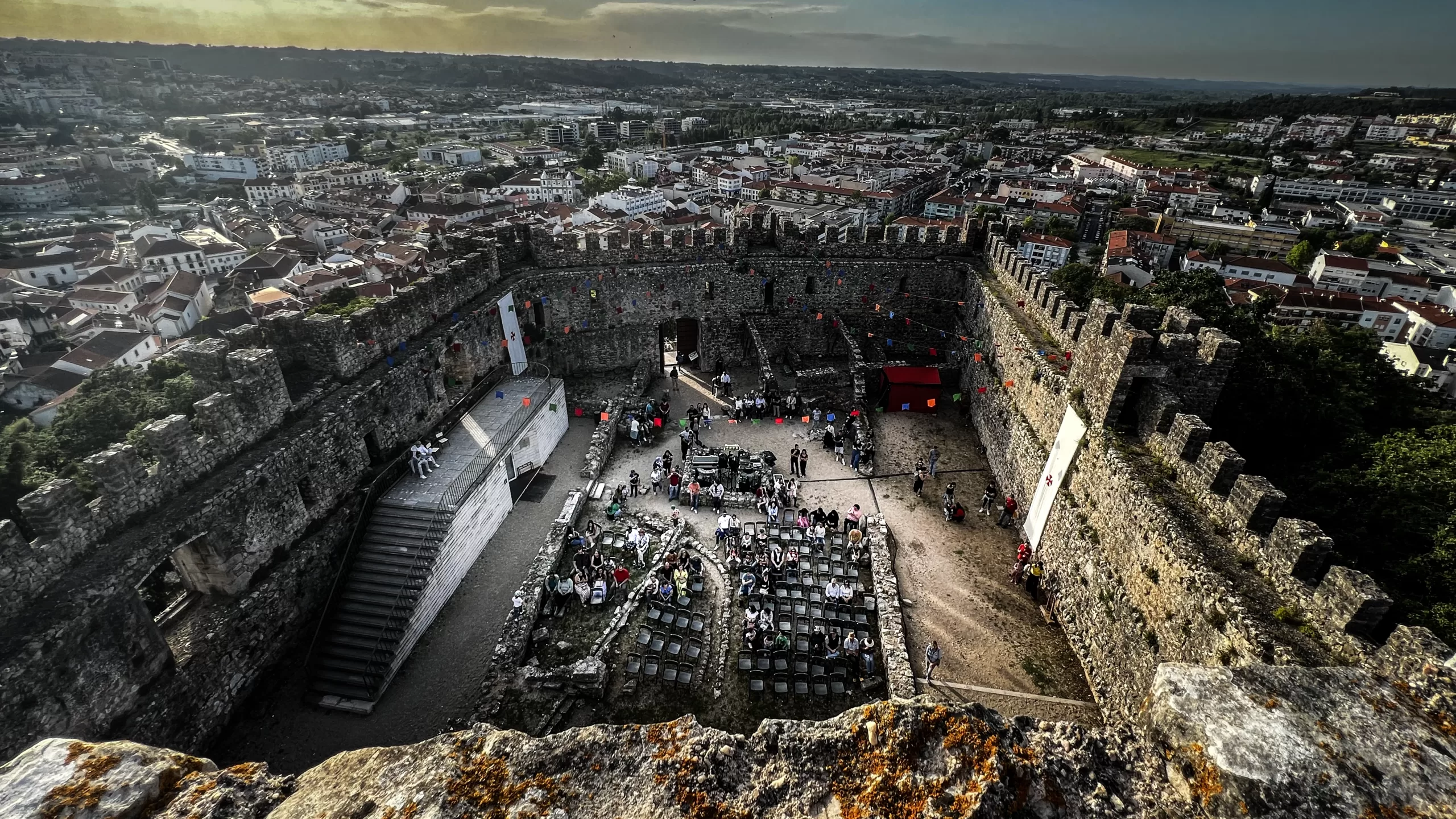
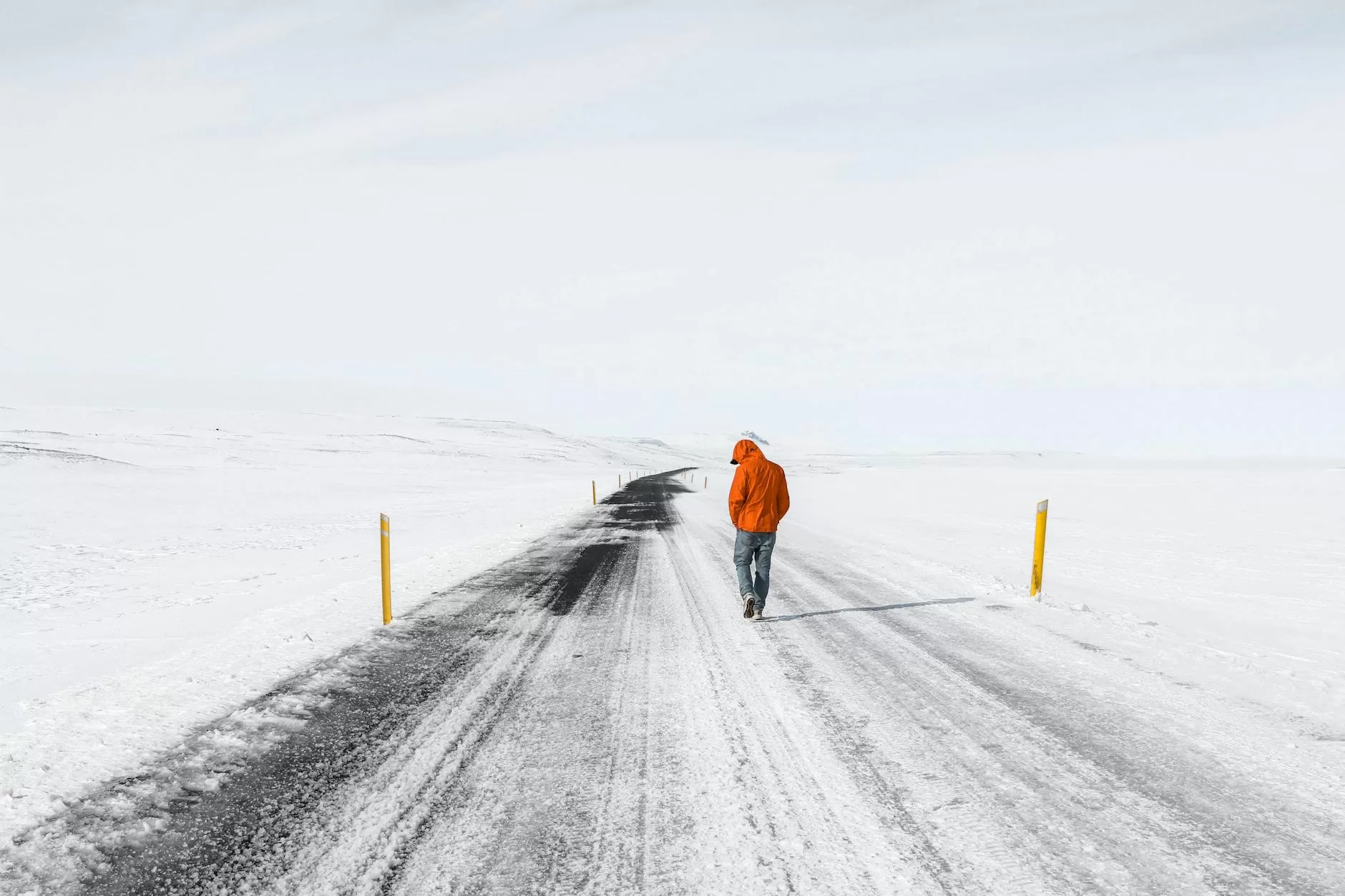




You must be logged in to post a comment.